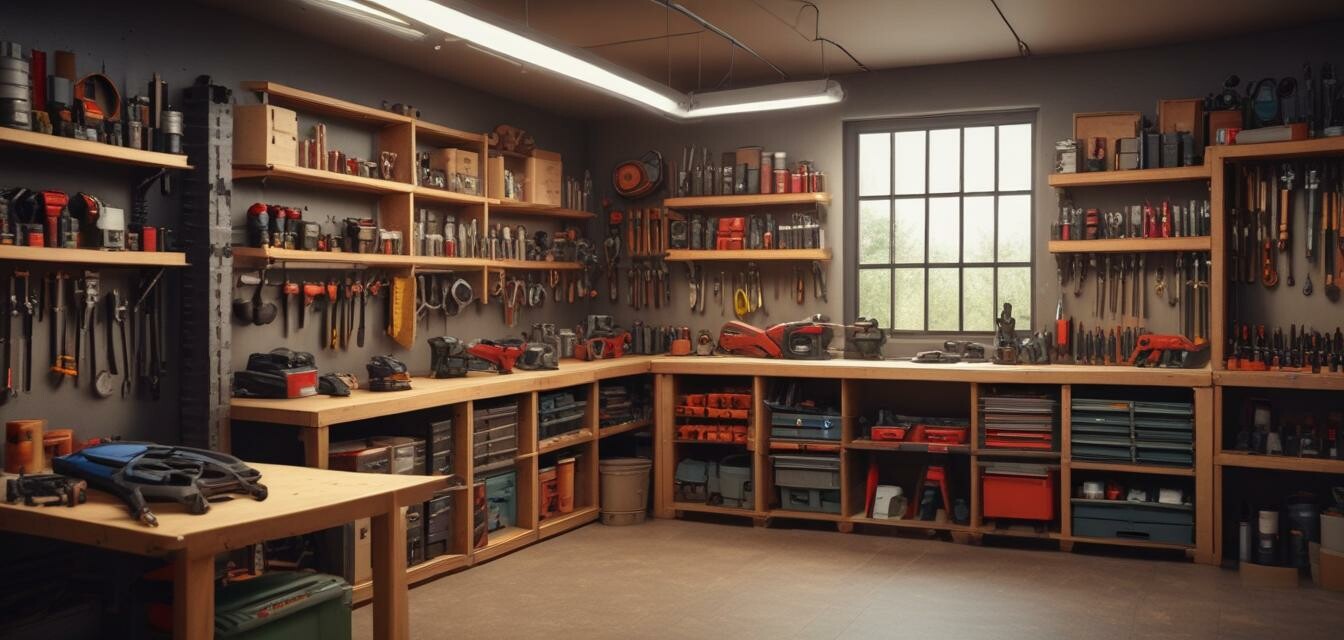
How to Build a Portable Tool Storage Solution
Key Takeaways
- Assess your tool collection to determine storage needs.
- Choose durable materials for long-lasting use.
- Incorporate mobility features for easy transport.
- Utilize dividers and compartments for organized storage.
- Always ensure safety and accessibility with your design.
Creating an efficient and convenient portable tool storage solution can enhance your work performance and ensure that your tools are well-protected while on the go. From contractors to DIY enthusiasts, a well-organized tool storage system is essential for maximizing productivity. In this guide, we’ll discuss practical tips and guidance on building your own portable tool storage, taking into account your specific needs, available materials, and design preferences.
Assessing Your Tool Collection
The first step in building a portable tool storage solution is to evaluate your collection of tools. Consider both the size and type of tools you own, as this will help in determining the storage configuration you need.
Types of Portable Tools to Consider
| Tool Type | Example Tools |
|---|---|
| Power Tools | Drills, Saws, Sanders |
| Hand Tools | Wrenches, Screwdrivers, Hammers |
| Accessories | Batteries, Chargers, Bits |
Choosing the Right Materials
Durable construction materials are essential for creating a long-lasting storage solution. Here are some recommended materials:
- Plywood: Lightweight yet sturdy for main structures.
- Metal brackets: Provide strength and stability.
- Plastic bins: Ideal for organizing smaller accessories.
Designing Your Storage Solution
Once you have assessed your tools and chosen the right materials, it's time to design your storage system. Here are some effective designs to consider:
- Rolling Tool Chest: Incorporates wheels for easy mobility.
- Wall-Mounted Storage: Frees up floor space and provides easy access.
- Tool Bags: Versatile for carrying tools on-site.
Using Dividers and Compartments
To ensure that your tools are organized, consider using dividers and compartments. This will help keep similar tools together and prevent them from moving around during transport. Here are some options:
- Custom-cut plywood dividers for larger compartments.
- Select adjustable organizers for small items.
- Labeling each compartment for quick identification.
Incorporating Mobility Features
For any portable tool storage solution, mobility is key. Here are some features to enhance mobility:
- Heavy-duty wheels for rolling tool chests.
- Carrying handles for easier lifting.
- Straps or belts for tool bags to secure items.
Safety and Accessibility
When designing your storage solution, ensure that it meets safety and accessibility standards:
- Keep heavier tools at the bottom to prevent tipping.
- Ensure that tools are easily reachable and not overcrowded.
- Check for sharp edges or hazards that may cause injury.
Beginner Tips for Building Your Tool Storage
- Start small: Build a basic storage solution before expanding.
- Use available space: Consider vertical storage to maximize capacity.
- Seek feedback: Ask experienced users for advice on your design.
Conclusion
Creating a portable tool storage solution that meets your specific needs can dramatically improve your workspace efficiency. By carefully assessing your tool collection, choosing durable materials, implementing effective designs, and ensuring safety and mobility, you can build a customized storage solution that not only keeps your tools organized but also enhances your productivity.
For further insights, check out our buying guides for the best tools on the market, or explore our cordless drills for your projects. Access our multi-tools for versatile options you can rely on every day.